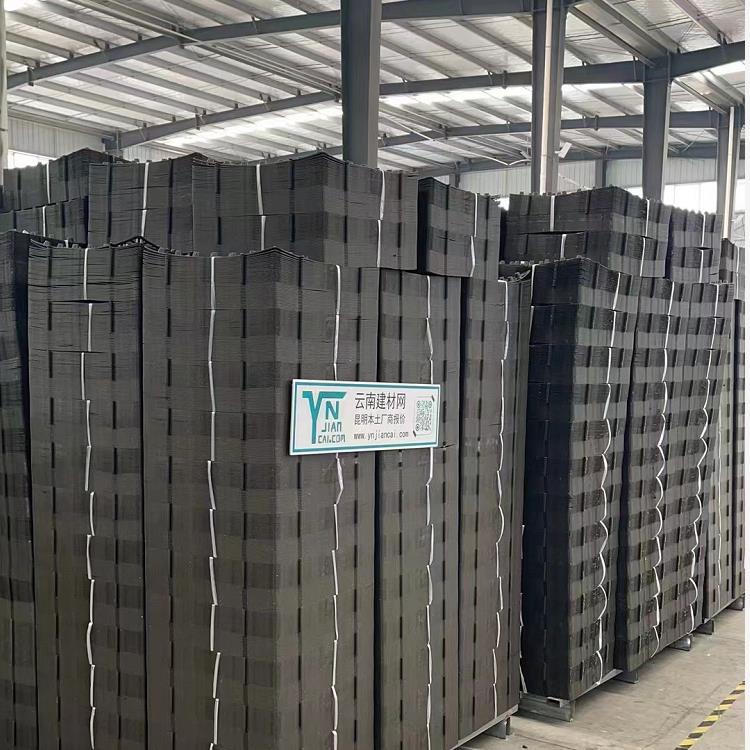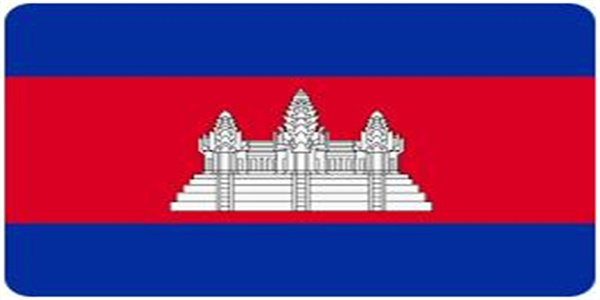

The thickness and materials of the water storage and drainage board vary. Here, we only list the commonly used specifications. If the specification you need is not listed, please choose "other" and specify in the remarks section.
The water storage and drainage board is made from high-density polyethylene (HDPE) or polypropylene (PP) through heating and pressure molding. It is a lightweight board that creates drainage channels with a certain spatial structure for supporting stiffness while also retaining water.
This board has the integrated functions of water storage and drainage. The material itself has high spatial rigidity, with compression resistance significantly superior to similar products (can be tested on-site). It can withstand high compressive loads of over 400 Kpa and extreme loads during the backfilling process of planting top plates.
**Features:**
1. Easy to install, maintain, and cost-effective.
2. Strong load-bearing and durability.
3. Ensures rapid drainage of excess water.
4. The water storage section can store part of the water.
5. Provides adequate water and oxygen for plant growth.
6. Lightweight and has strong roof insulation and heat retention properties.
**Applications:**
Used in rooftop greening, underground garage roof greening, urban plazas, golf courses, sports fields, sewage treatment plants, public building greening, plaza greening, and road greening within parks.
**Construction Notes:**
1. For use in garden flower beds, flower troughs, and flower gardens, replace conventional materials (such as expanded clay, pebbles, or shell-based filtration layers) with the water storage board and filter geotextile.
2. For new and old rooftops or underground engineering roof greening, first clear debris from the site, set up a waterproof layer according to design specifications, and use cement mortar to create a slope, ensuring there are no noticeable dips. The water storage and drainage board is arranged in an orderly fashion, and no additional drainage blind ditches are required.
3. When using for building interlayer panels, the water storage board is laid on the roof concrete slab, with an additional single wall or concrete protection to allow underground seepage to flow into blind drains or collection pits through the board’s hollow space.
4. The water storage board is interconnected at the edges, and the gaps during installation serve as lower drainage channels. The geotextile filtering and moisture-retaining layer must be properly overlapped.
5. After the water storage board is laid, proceed to the next step by quickly placing the filtering geotextile and substrate layer to prevent soil, cement, or yellow sand from blocking the channels or entering the storage, water tank, or drainage channels of the board. To ensure the board’s effectiveness, an operation board can be placed on top of the geotextile to facilitate greening construction.
**Installation Guidelines:**
1. After completing the waterproofing layer and its protection layer, start laying the drainage board. The base drainage slope should meet the requirement of 2‰ to 5‰.
2. Lay the drainage board with the cup-shaped openings facing up, interlocking the teeth holes.
3. Cover the drainage board with geotextile, overlapping 10-20 cm to prevent muddy water from passing through the geotextile, clogging the drainage system and reducing water storage capacity.
4. Lay 10-20mm coarse sand on the geotextile to form an infiltration filtration layer, which can prevent the planting soil from washing away.
5. Cover with an appropriate thickness of planting soil.
6. Ensure protection of the finished drainage board. After laying the drainage board, do not allow carts or other materials to be pushed directly on it. When transporting materials, lay wooden boards or walkways. Fill the soil immediately after installation.






 " />
" />